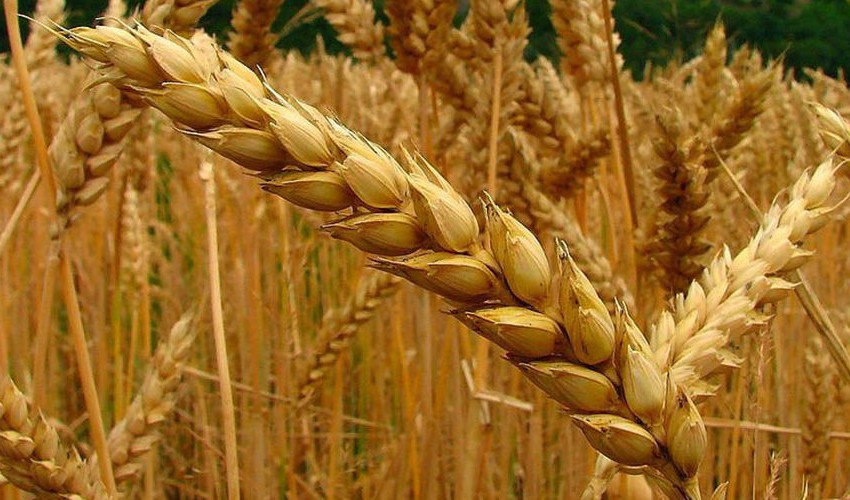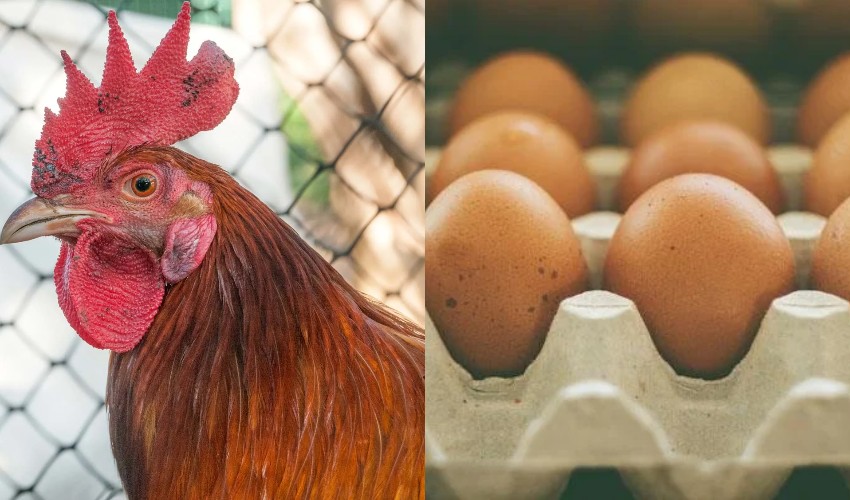Global wheat prices have seen a notable rise in recent days due to ongoing dry weather in key regions, including Russia, Ukraine, and parts of the United States, according to the Agricultural and Horticultural Development Board (AHDB).
Market uncertainty surrounding the 2024/2025 Russian wheat crop, along with slower-than-expected planting for the 2025 season, has been exacerbated by the persistent dry conditions.
Russia, one of the world's top wheat producers, recently reduced its wheat crop estimate for 2024 from the earlier range of 84-86 million tonnes (Mt) to 83.0Mt.
This downward revision, coupled with strong wheat exports, has sparked rumors that the Russian government may introduce a higher minimum export price, further contributing to market nervousness.
While some rain is forecast for the upcoming week, analysts remain cautious about the outlook for Russian wheat.
In Ukraine, dry weather initially delayed planting efforts, but recent rainfall has provided some relief, allowing for progress in the planting of winter crops.
Meanwhile, in the US, the drier-than-usual conditions in winter wheat-producing areas are starting to raise concerns, as new crop planting has already begun.
Elsewhere, Argentina's Buenos Aires Grain Exchange (BAGE) has reported that additional rainfall is needed to sustain yields for the 2024/2025 wheat crop.
The Rosario Stock Exchange recently reduced its crop forecast by 1.0Mt due to the ongoing dry spell, though the estimate remains higher than BAGE's projection.
In Europe, adverse weather conditions are also impacting wheat planting. In France, harvesting of the late-planted 2024 maize crop has been slow, with only 6% of the crop harvested by October 7—far behind the usual 40% by early October.
Nonetheless, planting progress has improved in recent days, and the weather forecast for the week ahead appears more favorable.
By October 7, winter barley planting in France reached 12%, up from 2% a week earlier, but still lagging behind the expected 16%. Meanwhile, in Ireland, all 2024/2025 winter barley and rye crops have been drilled, and attention has now shifted to winter wheat planting.
Some delays have occurred due to the late harvesting of spring bean crops, which play a critical role in Irish tillage rotation systems.
As these trends continue to unfold, global wheat markets are closely watching weather patterns and their potential impact on both supply and pricing.


























